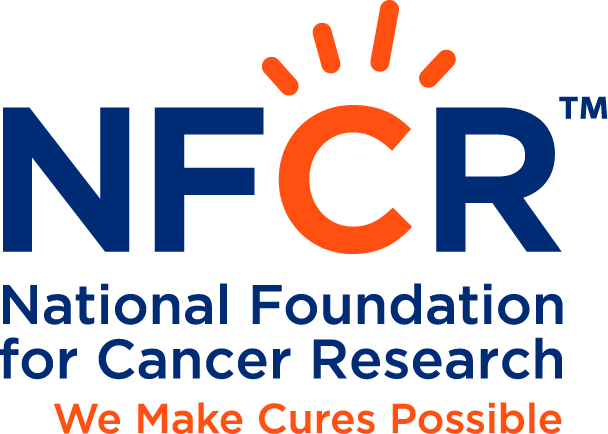Head, Neck and Mouth Cancer Prevention through Awareness and Understanding

Cancer can often feel like a disease of mysterious origin. There are difficult to pronounce words, complex statistics and evolving theories involved in the explanation of the development of cancer. Its nefariousness and criticality can create a fear-associated mental distancing or even an attitude of fatalism. Together, this can allow cancer to feel hopelessly untouchable or, even, alien. It can appear that healthy living is simply a shot in the dark at avoiding the dreaded disease, making prevention strategies hard to follow through on.
This understandably befuddling perspective on cancer and its emergence can in some respects be countered if we pause and consider that cancer emerges often as a result of response to physiological stress. That is to say, mechanical stress, chemical stress, heat stress and biological stress are primary environmental influencing factors in cancer development. Anytime a tissue is structurally compromised, heated, exposed to toxins or invaded by pathogenic viruses, it will be damaged. Its functioning will become compromised and the door towards cancer progression will open. Just as termite exposure, extreme temperatures or mechanical strain will threaten the stability of a building; biological stress, heat stress and mechanical stress will threaten the health of biological tissues.
In the case of many head, neck and mouth cancers, this has been find to be particularly so. In conjunction with Head, Neck and Mouth Cancer Awareness Week, which this National Foundation for Cancer Research Post calls attention to, let’s look deeper at this relationship.
Top contributing factors to mouth cancer (including lip cancer) are chewing tobacco, smoking (especially from a pipe), sun exposure, the human papillomavirus (HPV), hot beverage consumption and exposure to environmental toxins. As you may have noticed, each of these aspects relates to a specific type of stress. The exposure of said stressors to the tissues of the mouth, for example, create a cancer-promoting environment. Tobacco is chemically stressful, sun exposure causes unwanted radiation, HPV can cause biological stress if not inoculated against, hot beverages cause heat stress and environmental toxins cause chemical stress. As you can see, the direct and repetitive stress to the tissues of the mouth greatly increase the likelihood of cancer development and progression.
Each of these stressors, which can lead to cancer, can be directly observed and experienced. Whenever you are in a potentially toxic environment, such as one with a lot of cigarette smoke or toxic paints, try to be sensitive to your breath. Think about how these toxins will become ingested and how the blood-rich mouth, nasal passage and neck will be the first to bare the burden of the toxins. Similarly, if you’re drinking your hot coffee and experience some pain from the heat stress, take the time to recognize that this pain has a function of letting you know that you’ve stressed the tissues of the mouth and throat. Then, use this for motivation to reduce the temperature of your normal morning coffee.
Biological stress can be more abstruse, but it’s still extremely relevant. Its contribution to cancer is also very logical. Viral and bacterial infection steal resources from healthy tissues, they create toxic compounds and they interrupt normal DNA synthesis. Viruses play a major role in oral cancers. Did you know that oral malignancy from HPV has now surpassed cervical malignancy? The virus is also particularly resilient in men. It is, therefore, strongly recommended for both men and women to get the HPV vaccine.
When it comes to preventing cancer, sun exposure falls into the Goldilocks paradox. Too little is problematic, but so is too much. The ideal middle ground is where health is promoted. With this being said, the lips are particularly fragile and vulnerable to sun damage. In addition, the minimal surface area prevents the lips from being a high pay off area for Vitamin D production. As a result, it is strongly recommended to use UVA/UVB lip protection on a regular basis. This act alone has the potential to impact 90% of all non-melanoma skin cancers and reduce lip cancer by a sizable amount. To reduce lip cancer, use a combination of shade-seeking, lip protection and careful monitoring of the lips.
Although sometimes more obscure, many cancers are influenced by direct stress. Increasing awareness of said stressors can be significantly helpful in minimizing cancer risk. Mindfulness of the quality of environment in which your tissues live within can help promote healthy behavior which will reduce your likelihood of getting cancer and assist you in feeling healthier. Remember, to minimize the likelihood of cancer development, make sure to increase your self-awareness and minimize stressful environmental influences.
References:
- https://www.cancer.net/cancer-types/oral-and-oropharyngeal-cancer/risk-factors-and-prevention
- https://link.springer.com/article/10.1007/BF02879904
- https://www.ncbi.nlm.nih.gov/pubmed/18708374
- http://www.philly.com/philly/health/hpv-is-causing-an-oral-cancer-epidemic-in-men-by-outwitting-natural-defenses-20180309.html
- https://web.archive.org/web/20190327195952/https://www.skincancer.org/skin-cancer-information/lip-cancer-not-uncommon













